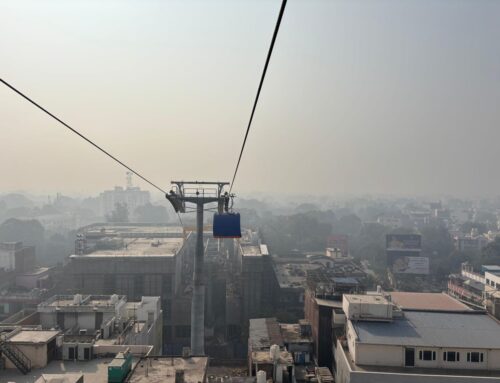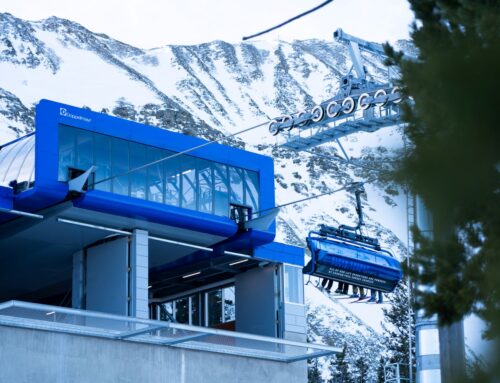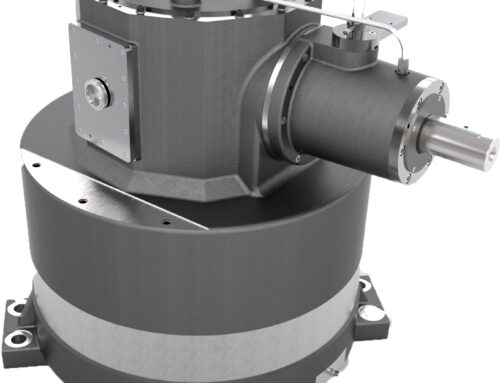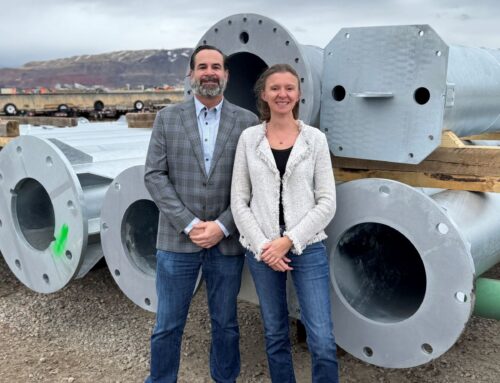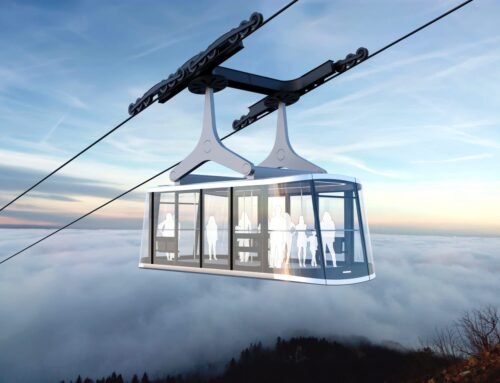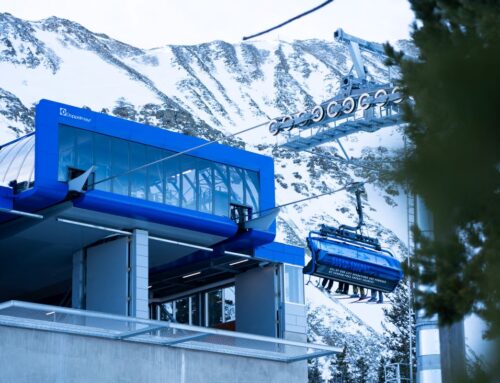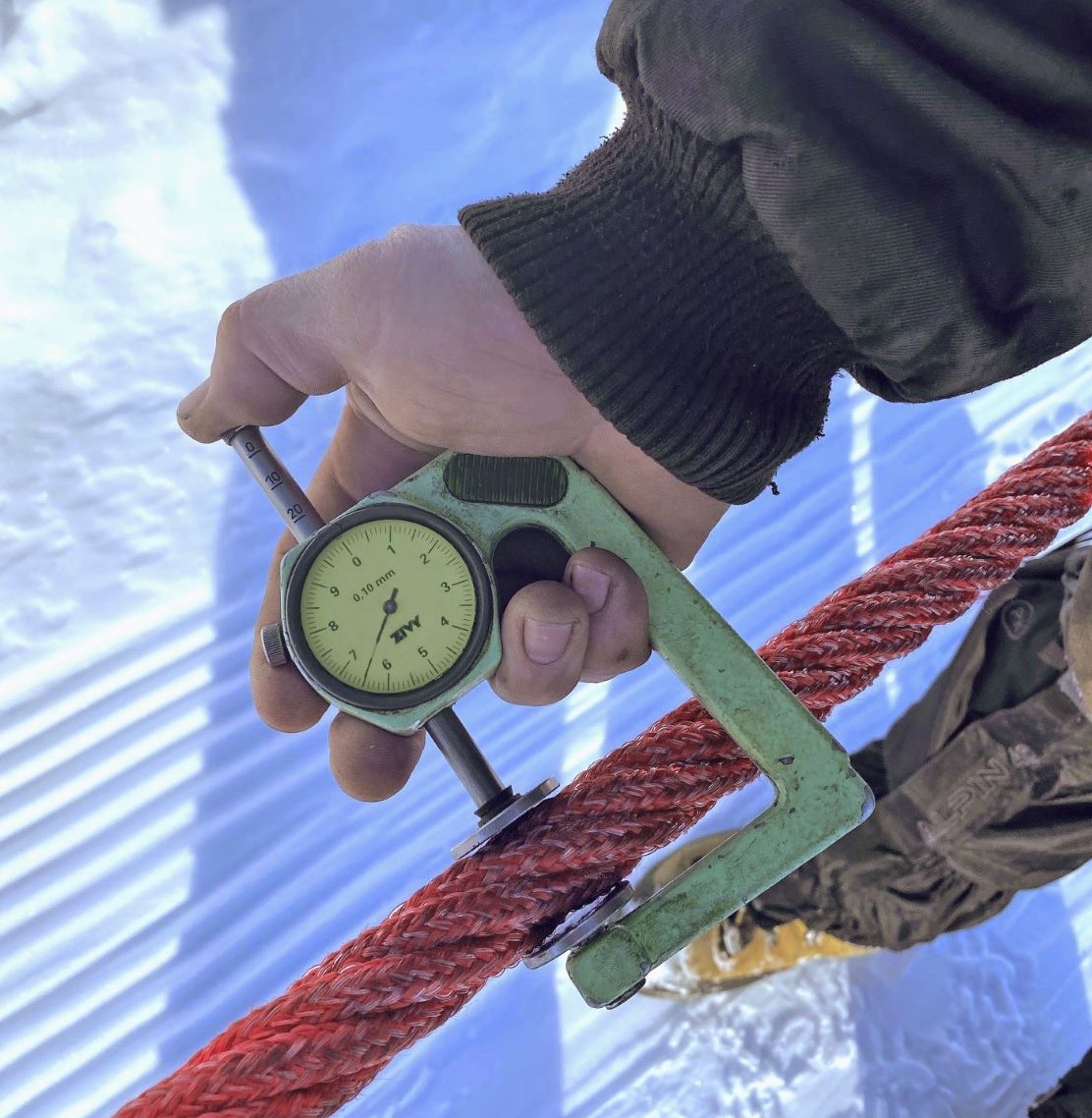
Cableway & Technology, SI World 2/2022
New swiss ski lift rope for small ski lifts
Rope technicians at JAKOB ROPE SYSTEMS have developed a new fibre rope for small ski lifts with low running ropes. These small lifts perform a valuable task on the practice slopes, for safe ascent by novice skiers.
On the peaks, they are used as connecting lifts and feeders to the main ropeways. Small ski lifts can equally be found in valley locations on the edge of villages or in glacier ski areas. Skiers can grab the running rope at waist height and be pulled comfortably up the mountain.
TECHNICAL SPECIFICATIONS
Ski lift rope Hybrid 5
| Rope structure | 5 x polyester monofilament multifilament sheath | HMPE core – FC |
| Insert | Polypropylene |
| Minimum breaking force | d 16 mm – 51 kN d 24mm – 172 kN |
| Weight/length | d 16mm – 0,17 kg / m d 24mm – 0,40 kg / m |
What do ropes for small ski lifts do?
Fibre ropes for small ski lifts need to meet special requirements. They must be light and easy to grip. At the same time, it must not be possible for passengers to injure themselves on components or as a result of rope wear and tear.
The ropes must be UV-resistant, durable and easy to maintain. Above all, they should stretch little at the start of operation. Previous ropes for small ski lifts have some disadvantages from the point of view of lift operators: they are costly to splice and, when newly laid, they show initial
elongation of up to five percent. Because of their coarse structure, they also harbour a risk of injury when gripping, when the first signs of wear appear. Although fibre technology continues to develop, the improvement of small ski lift ropes has recently come to a standstill.
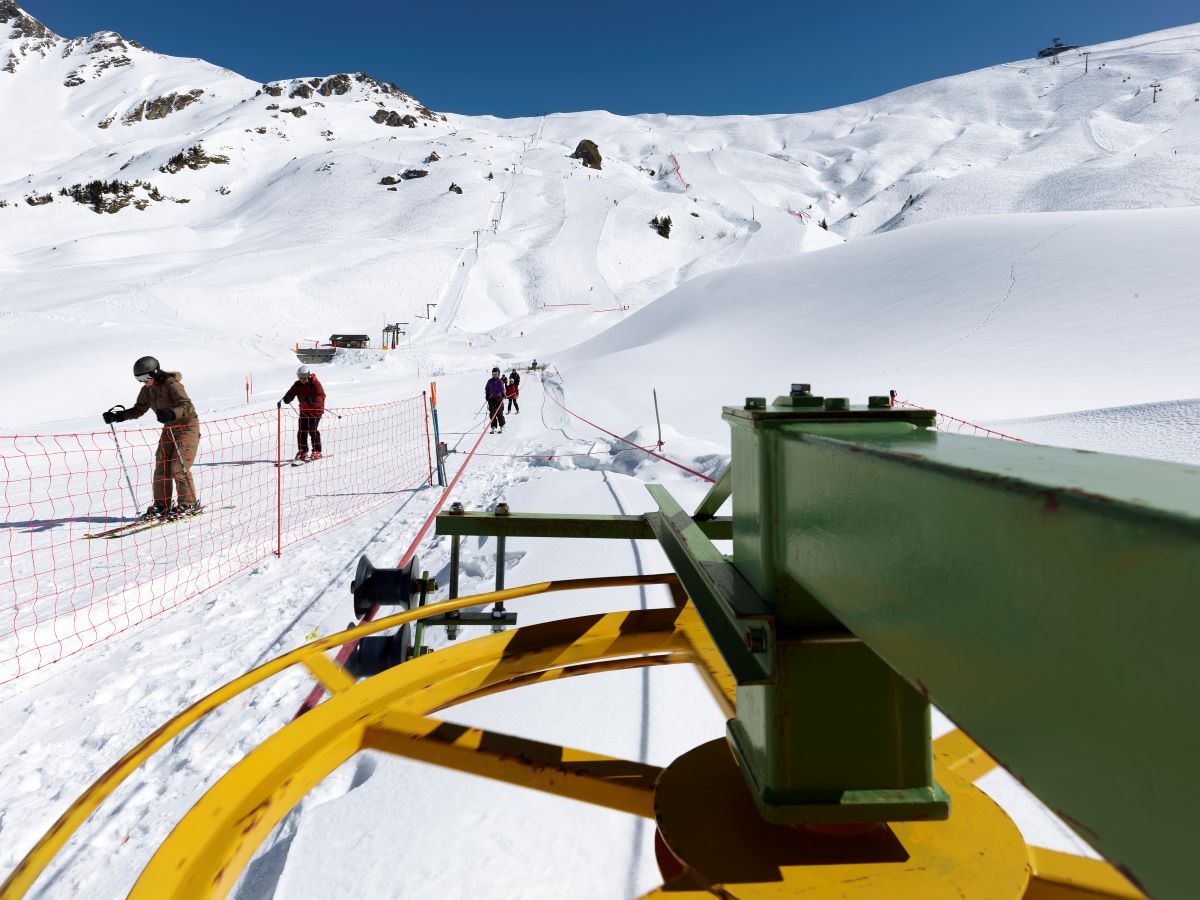
Rope innovation at the height of fibre technology
This is exactly where the rope engineers at JAKOB ROPE SYSTEMS come in. A new rope will be created, which will be on a par with current fibre technology and which will have an improved structure and optimised operating behaviour in terms of elongation and grip.
The Emmental-based company is also working on another special feature: strands and ropes that are 100- percent made on production machines in Switzerland, guaranteeing consistently high rope quality.
Final production and inspection take place at JAKOB ROPE SYSTEMS in Trubschachen. From winter 2022, the rope will also be certified in accordance with European Ropeway Regulation Module H.
Alfred Beer
developer and rope expert JAKOB ROPE SYSTEMS

Interview with one of the developers
In this interview, rope expert Alfred Beer talks about the development of the new ski lift rope from JAKOB ROPE SYSTEMS.
SI: Mr. Beer, the rope is called the “Hybrid 5” ski lift rope. What lies behind this name?
Alfred Beer: In this rope, we mix two fibre types: a load-bearing HMPE fibre in the strand core, and a monofilament-multifilament blend as the strand sheath – hence the name “hybrid”. The 5 represents the rope structure of five outer strands.
This is unusual for ropes used in conveyor technology. For our ski lift rope, however, it has special advantages: on the one hand, it makes the rope easier to grip; on the other hand, it facilitates splicing of the rope into an endless loop on the ski lift.
How did the idea to develop a new ski lift rope come about?
Our staff was tired of working with the existing rope structures. These are often impossible to splice, which also makes rope repairs or rope shortening almost impossible. There was therefore an incentive to develop something new.
What approaches did JAKOB take in the development?
We deliberately sought to move away from the previous structure of ski lift ropes. We wanted a rope that is easy to splice and that offers good grip in the hand. To achieve this, we looked for solutions to ensure the load-bearing capacity of the rope by using other materials.
We wanted to reduce elongation and thus maintenance, and we wanted to increase durability.
How did the idea to develop a new ski lift rope come about?
Our staff was tired of working with the existing rope structures. These are often impossible to splice, which also makes rope repairs or rope shortening almost impossible. There was therefore an incentive to develop something new.
What approaches did JAKOB take in the development?
We deliberately sought to move away from the previous structure of ski lift ropes. We wanted a rope that is easy to splice and that offers good grip in the hand. To achieve this, we looked for solutions to ensure the load-bearing capacity of the rope by using other materials. We wanted to reduce elongation and thus maintenance, and we wanted to increase durability.
How do you develop a rope that is particularly low-stretch?
One important difference is that we lay our new ski lift rope with braided strands. This gives us a tighter structure in the rope core and sheathing, which later stretches less. In contrast, many previous ski lift ropes rely on twisted strands.
100-percent Swiss-made? What are advantages of this?
We produce the ski lift rope on our Swiss site in Trubschachen. This enables us to achieve short distances between the market, development and production of the rope. Consequently, we can offer our customers a rope product that meets both their and our quality and handling expectations, with no compromise. It also keeps our supply chain short and largely free of disruptions.
Why has JAKOB set up a test station for the rope ?
We have set up a model of a small ski lift, which consists of a drive station, control cabinet, hour counter, speed controller and counter station for deflecting the rope. This has allowed us to simulate how the rope behaves on different small ski lifts. One important test aspect was the elongation behaviour; the test runs showed how the rope stretches in use, how different splice nodes behave and which one lasts the longest.
Which aspects are carried forward from the tests?
Elongation, wear, abrasion: for all of these we can now provide our customers with rope documentation that contains detailed data and information. This makes it easier for ski lift operators to carry out preventive checks on their ski lift ropes and therefore to make good use of the ropes.

